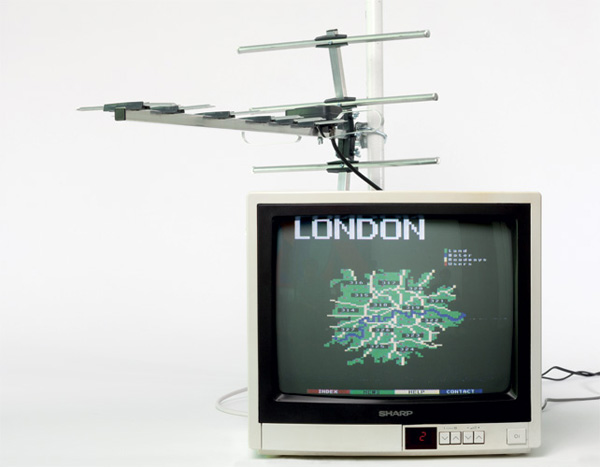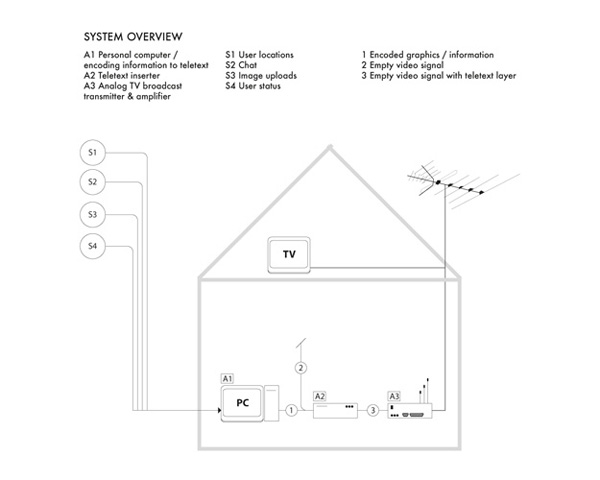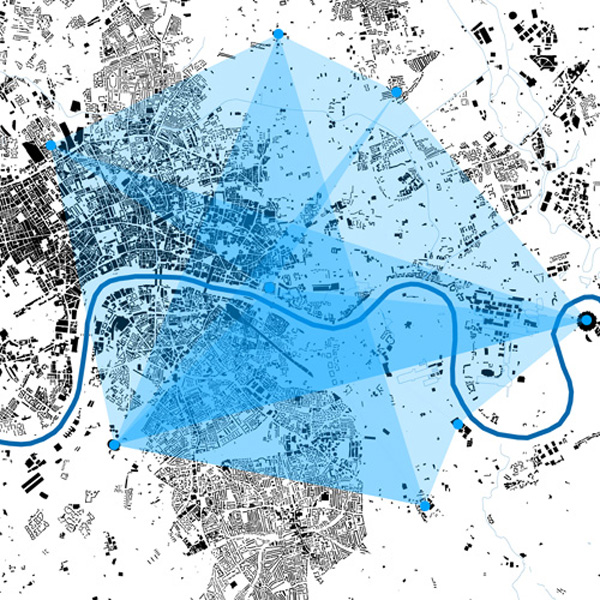Philipp Ronnenberg
Sunday, 14 July 2013
Work from Post Cyberwar Series
“Post Cyberwar proposes three appropriate methods to prepare for the time after a cyberwar:
Introduction
An Internet kill switch is a countermeasure against cybercrime; it is based on the concept of activating a single shutting-off mechanism for all Internet traffic. The theory behind a kill switch is the creation of a single point of control managed by one authority in order to shut down the Internet to protect it from unspecified assailants.
The prospect of cyber warfare over the 2000s prompted US officials to draft special legislation for the Internet, but the implications of actually “killing” the Internet has spurred worldwide criticism. During the Arab Spring in Tunisia, Egypt, and Libya, access to the Internet was restricted in an effort to limit online peer networking that would facilitate self-organization. Despite the controversial effects of shutting off access to information, the activation of a kill switch remains an issue to be resolved.
Social Teletext Network
The Teletext Social Network uses analogue television broadcasting to provide a wireless communication infrastructure. Users can communicate without depending on network providers or governmental institutions. The network users themselves maintain the network.
In 2012, most of the broadcasting television channels in the UK switched from analogue to digital broadcasting, resulting in the analogue spectrum frequencies becoming free.
Sewer Cloud
The insertion of data into the DNA is developed, amongst other reasons, to solve the problem of data storage. 1 gram of DNA is capable of storing up to 700 terabytes of data. This scientific development could provide alternative uses and novel ways of exposure of data.
The Sewer Cloud project explores the possibilities of this discovery and how people in urban areas could use it.
The Sewer Cloud is a living, self-reproducing data network in the sewerage system of London. This living network is based on the insertion and extraction of data into the algae species Anabaena bacteria, which lives in water.
Data insertion and extraction out of algae could be regarded as a ‘grey area’ act; it would be legal to do so, but a lot of content that one could find in this network could be illegal. Corner shops would be providing machines where the extractions and insertions would take place.
OpenPositioningSystem
The OpenPositioningSystem is an open navigation system. This means that it is not run or controlled by companies. The goal of the system is to gather interested people on the web platform OpenPS.info to develop the necessary software, hardware and testing processes. Anybody who is interested, from beginner to professional can participate and contribute their knowledge to the community and through this system.
The idea is to use seismic activity, produced by generators in power plants, turbines in pumping stations or other large machines running in factories. These generators, machines etc. are producing seismic waves, distributed through the ground. The sensor prototype can detect seismic waves on the ground and on walls.
When at least three signals are received and their positions on a map are known, one can calculate the position within these three signals via triangulation and the signal strength.” –Philipp Ronnenberg



